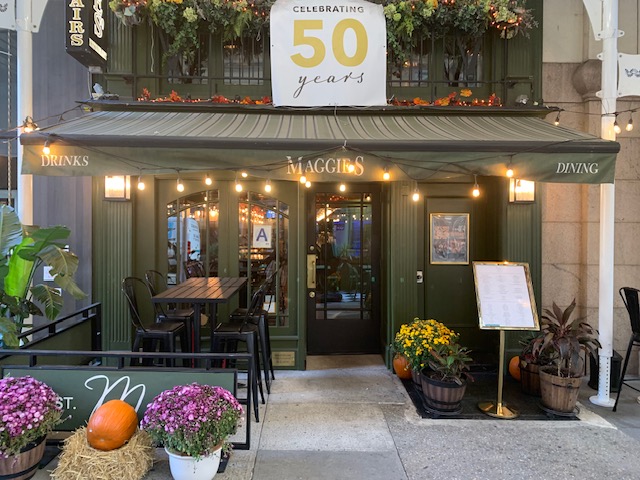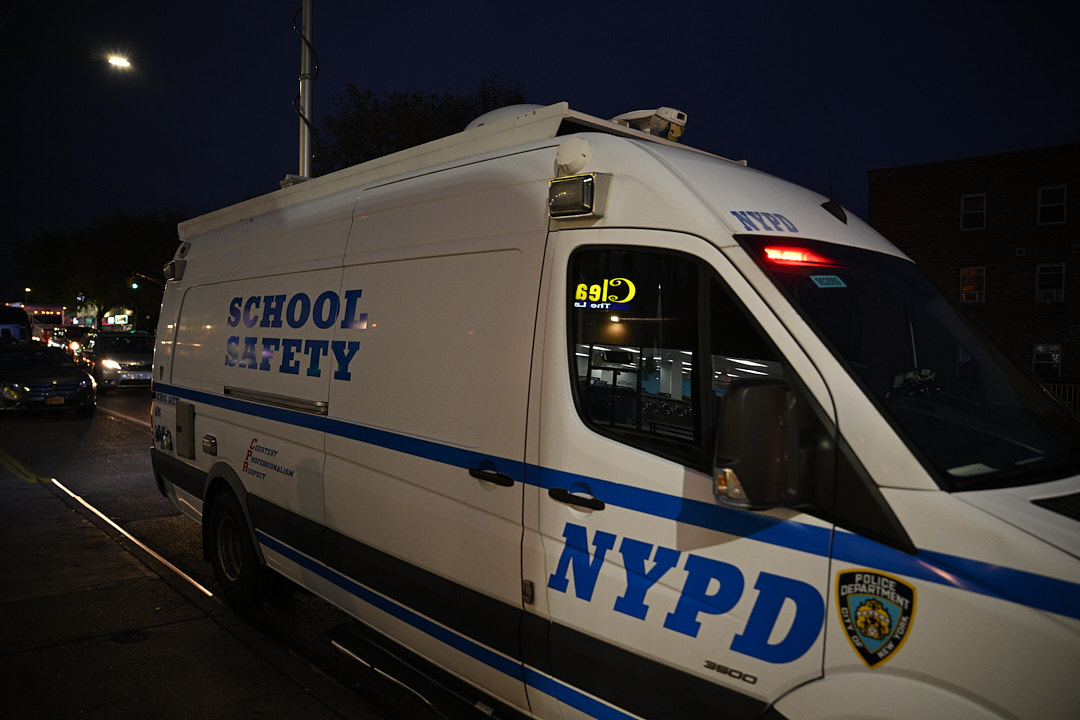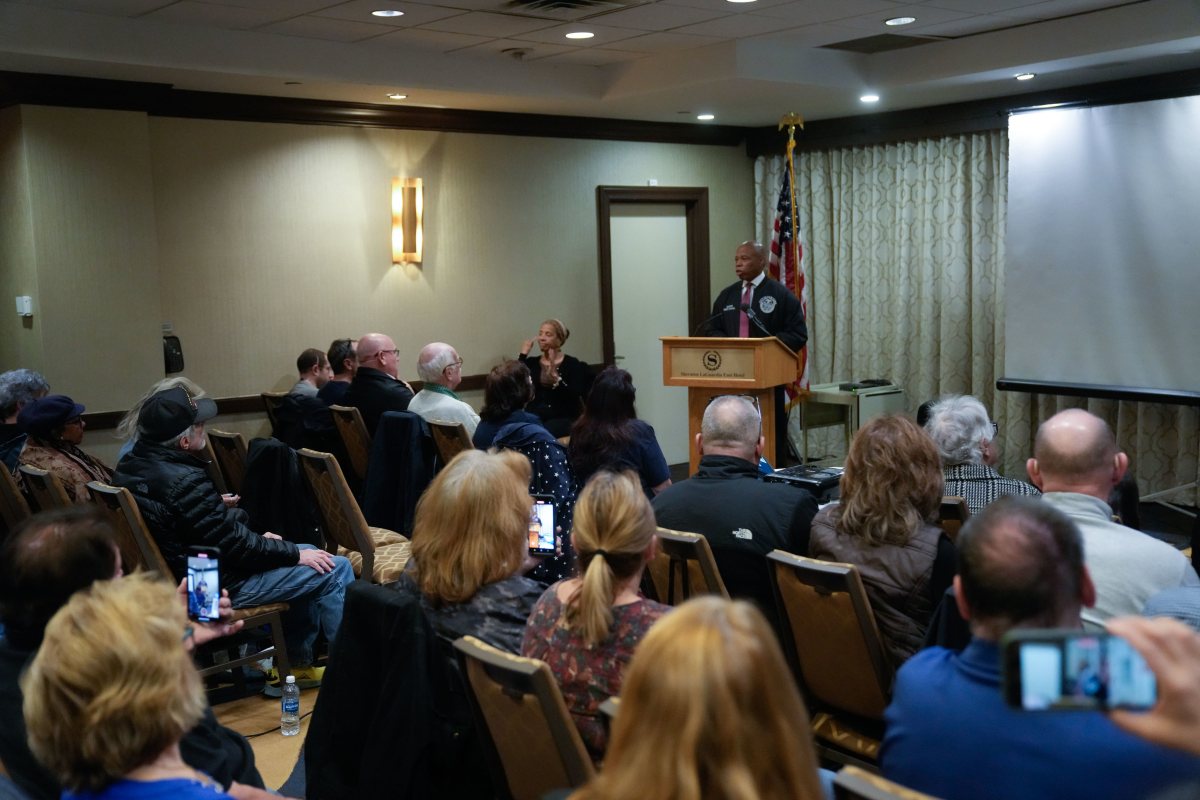By Albert Amateau
Supporters of the proposed East Village/Lower East Side rezoning told the City Council zoning subcommittee on Wednesday the proposal is desperately needed to control rampant high-rise development in the 111-block area. But they urged the council to find a way to get more affordable housing opportunities into the plan.
Some Chinatown groups, however, remained bitterly opposed to the proposal that does not include their neighborhood and they repeated charges of “racist rezoning.”
The Bowery Alliance of Neighbors continued to denounce the plan for not downzoning the Bowery-Fourth Ave. corridor where tall hotel towers are changing the low-rise character of the neighborhood.
The plan is supported by Community Board 3, and some neighborhood groups like the East Village Community Coalition and Good Old Lower East Side.
City Councilmembers Alan Gerson and Rosie Mendez, whose districts cover the proposed rezoning area, both said that the rezoning was a good idea that should be improved.
“The measure brings contextual zoning to the neighborhood but it’s not perfect,” Mendez said at the Nov. 12 hearing in the packed City Council Chamber at City Hall. “It doesn’t have anti-harassment and anti-demolition provisions and the area needs more affordable housing than the proposal now calls for.”
“There are many positive aspects of the plan but we want to protect tenants with an anti-harassment provision,” Gerson said. “This is an area where developers reap the greatest profits and they can afford between 25 and 30 percent affordable housing if not more.”
Neither Gerson or Mendez indicated they would oppose the plan if no adjustments were made.
Edith Hsu-Chen, Manhattan director of the City Planning Department, said the inclusionary zoning incentives that the department included in the plan would likely result in 20 percent permanent affordable housing in the district. The Department of Housing Preservation and Development had to balance the need to give incentives for affordable housing so that developers would choose to build it, Hsu-Chen said.
Some areas in the city have inclusionary zoning that resulted in 30 percent of new housing construction as affordable but those areas had available city-owned land that developers acquired at nominal cost, said Hsu-Chen. Only privately owned land was available in the East Village/Lower East Side rezoning area, Hsu-Chen explained.
Chris Kui, executive director of Asian Americans for Equality, said the plan is “a major step in stemming the rampant gentrification and out-of-context luxury development in our mixed-use neighborhood.”
He denounced the accusations of racism by some Chinatown groups, which “throw a smoke screen over the real issue of neighborhood preservation,” Kui said. Chinatown should have its own dedicated zoning and planning analysis rather than issuing a blanket extension of the E.V./L.E.S. plan, he said.
“Chinatown is different from the L.E.S. in that Chinatown possesses a manufacturing base, a higher density of residents in old tenement housing and a wider prevalence of small businesses,” Kui said.
Gerson and Mendez also committed their support for a comprehensive look at the needs of Chinatown for a new rezoning proposal.
But Malcolm Lam, of the Coalition to Protect Chinatown and the Lower East Side, repeated the racism charge. He said the failure of the plan’s environmental review to consider race and its relation to income and family size was grossly negligent. The proposed zoning will have an impact on Chinatown by increasing property values, he said. “Developers are waiting to come into the neighborhood because they know property values will go up as soon as this zoning is passed,” Lam said.
The City Council is the last step in the rezoning process and is expected to bring the proposal up for a vote within the next few weeks.
“We have ample opportunity to follow up with improvements,” Gerson said.
Albert@DowntownExpress.com


































